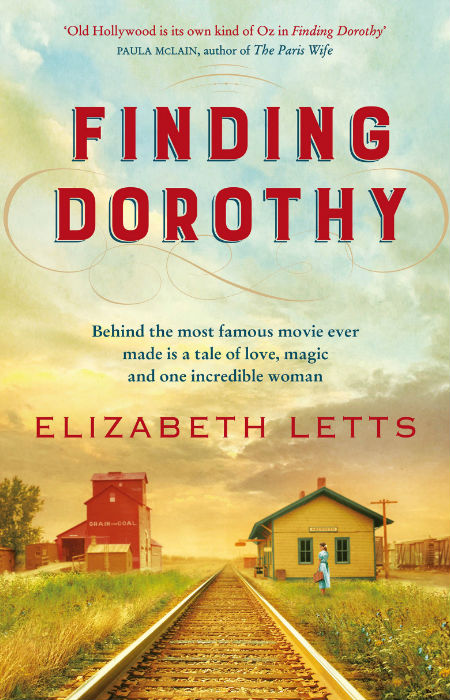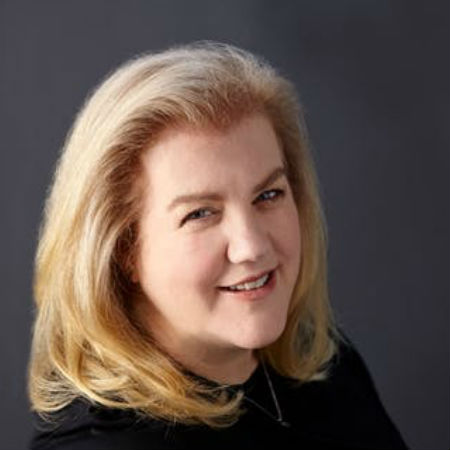
One of the most arresting scenes in the 1939 classic film The Wizard of Oz, based on the magically-imaginative books of prolific author L. Frank Baum, is when Toto, Dorothy’s plucky terrier, pulls back the curtain shielding the titular wizard from view and exposing his intimidating spectacle as nothing more than an elaborately-faked scam.
It reveals a great deal and provides instrumental in the final act’s trajectory, but it also, on a metaphorical level at least, serves as a reminder that pulling back the curtain, any curtain, grants us a view of the world as it is, that, while it may be shocking at first, ultimately works in our favour.
While the insights gained in Elizabeth Letts’ engrossing book Finding Dorothy aren’t kind that revelatory, they effectively serve the same purpose, opening up the world of the Baums, the books and the film in some utterly fascinating ways.
Toggling between 1939 Hollywood when the film is in full production at MGM under the watchful eye of studio head Louis B. Mayer, and late 1900s New York State, South Dakota and Chicago, where the L. Frank Baum and wife Maud are attempting to earn some sort of decent living, Finding Dorothy is a richly-imagined exploration of the inspiration between the book described as America’s first fairytale.
“At odd moments, Maud [Baum] would turn her head, thinking she’d heard a snatch of the song about the rainbow, only to realize it was nothing but a passing car horn or the wind in the camellia bushes outside her windows. Perhaps she could have a few minutes to speak with Judy [Garland], to get to know her a little better, to give her some hints about Dorothy. From the little she’d seen of her, she suspected that Judy might be more open-minded to her suggestions than any of the men were.” (P. 84)”
Drawing on many known inspirations for the books, Letts paints an involving story of the great love affair between the author and his wife Maud who is, a towering figure in her own right, the focus of the book.
Born to a suffragette mother Matilda Joslyn Gage, who along with Susan B Anthony and others fought a long, determined campaign to give women equal voting rights, Maud was, by Letts’ account, not your usual complaint young lady of 1870s New York State.
Headstrong and opinionated when women were expected to say nothing and melt compliantly and silently into the background, Maud was an outlier who attracted the attention of Frank Baum, in part because he too was not your typical man of the day.
In fact, as Letts tells it, and her book is intensely well-researched, Frank valued the fact that Maud had opinions and was willing to express them while, in turn, Maud cherished, though she was sometimes exasperated by, Frank’s willingness to play to type against the prevailing masculine ethos of the day.
It was a marriage made in contravention-defying heaven then, one that would, after many false starts career-wise for Frank, go on to provide much of the source material for the books that became the Oz series.

There are, of course, in books such as Finding Dorothy, because while you may know certain facts, all of which are largely beyond dispute, you aren’t privy to the conversations, thoughts and feelings, that filled in the revealing gaps between them.
For instance, while we know 77-year-old Maud Baum met 16-year-old Judy Garland on the set of The Wizard of Oz in 1939, no one really knows, beyond a photo of the two reading L. Frank Baum’s most famous literary creation together, what transpired between the two of them.
In Lett’s imagining, Maud, a fierce protector of her husband’s work, and the deeply-personal inspirations behind it, many of the facets of which came from pains of pain or regret for the couple, takes on a role as a protector of Garland, at the mercy of lecherous male studio personnel who are only too happy to get her hooked on prescription drugs and take sexual advantage of her, all in the service of making her a star.
Pushed by a demanding stage mother and desperate to make a name for herself, Garland is in need of a protector, and while there’s no real evidence, Maud Baum stepped into that role, it’s an appealing idea, one that makes great sense too given the ardent feminist’s longstanding willingness to stand up to the testosterone-soaked powers of the day.
Letts carefully takes us through much of Maud’s life story, painting a vivid picture of a woman who was devoted and passionate but who also took no prisoners when it came to standing up for what she believed in, and also as importantly, standing up to those, often men, who sought to keep things as they were.
“Frank was gazing at her with a look of utter helplessness, and Maud felt a stab of remorse. She could see what her husband was doing. He was giving up what he loved more than anything—writing—so that he could go and make money for the family. He was returning to the very life he had tried so hard to shed. It was a puzzle to her. Why did the two things that mattered most to him have to conflict? Why must his love of writing and theater and art compete with his love for his family? She remembered Matilda telling her not to run away and marry an actor, but it was only now that Maud really understood: the part of Frank that made him an actor was the part that she has fallen in love with, but it was also the part that made him so ill-suited for the things of this world.” (P. 283)
Buttressed by some impressive research, all of which is on full display in this captivating mix of fact and fiction, Finding Dorothy, underscores that books never pop up out of nowhere and that they are always the product of the author’s life and those close to them.
This is brilliantly well-illustrated in the book which takes us deep into Frank and Maud’s marriage, the former’s many career false starts, his oft-stymied creativity and the pivotal role Maud played in creating the circumstances where Frank had the freedom to give life to Dorothy, the scarecrow, the tin man, the cowardly lion and wizard, and the whole magical world of Oz.
Through some deeply-emotive writing, we gain an insight into how much Oz meant to the Baums, a land which represented far more than a creative triumph for Frank, the culmination in so many ways of lives wholly devoted to each other, come what may.
If you think you love The Wizard of Oz now, you will love it even more after finishing Finding Dorothy which invests the magical land not that different to our own, with rich, personal meaning and truths which reveal it as the standard bearer for a whole host of wonderful attributes which the Baums treasured, and which now, thanks to the books and film, endure in a world sorely in need of their warmth and wisdom, and yes, Maud’s willingness to fight for them every step of the way.